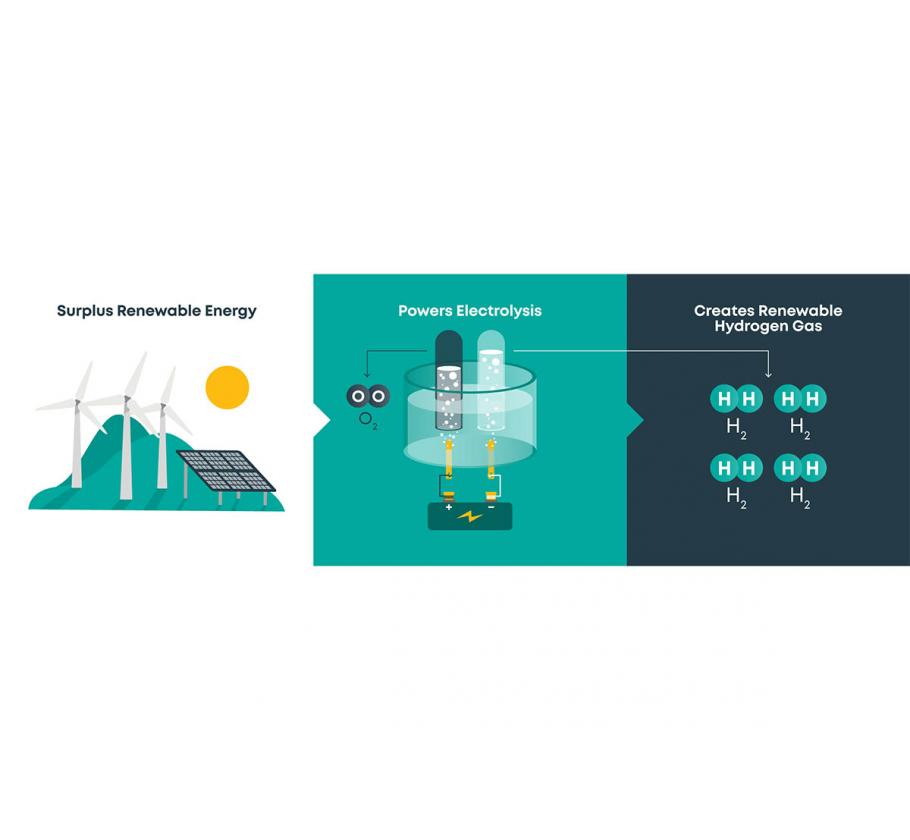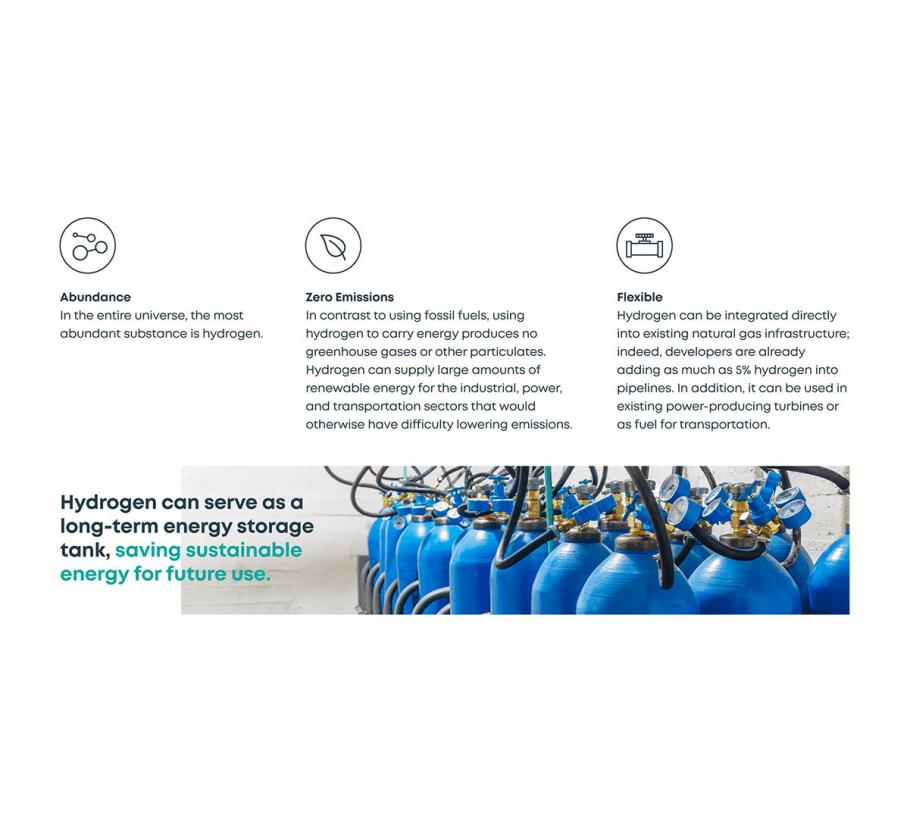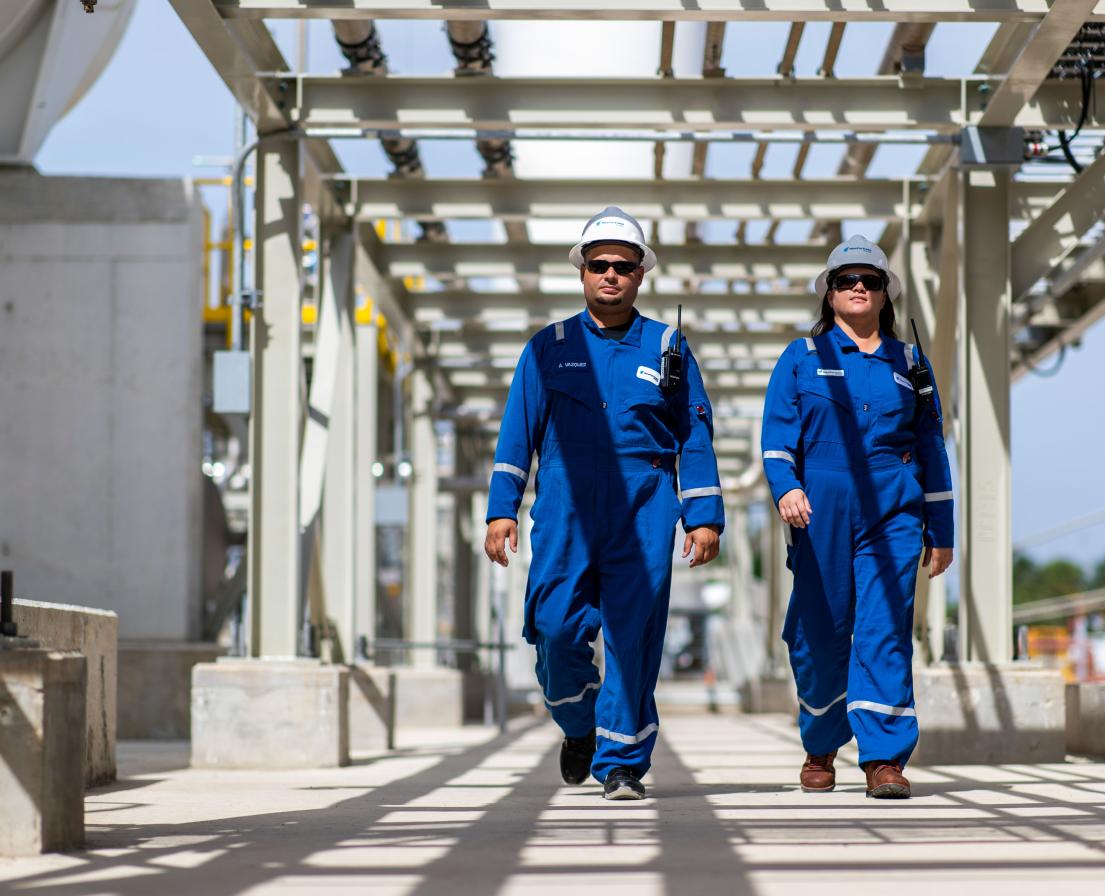“Green” hydrogen: the energy of the future?
HYDROGEN
Hydrogen 101
Whether you realize it or not, you – along with all the other people on the planet today – are facing an urgent challenge: how to halt climate change without disrupting the global energy economy. Whether that means turning off the light when you leave the room, driving an eco-friendly car, or working to transform the main sources of energy worldwide, we each have a role to play in solving this critical concern.
While solar and wind technologies may seem like the obvious answer, they can’t provide the constant power supply required to sustain our homes and businesses. Storing that energy isn’t an option yet, either; batteries and other existing solutions aren’t large enough or affordable enough to harness renewable energy production to meet peak energy demand when the sun isn’t shining and the wind isn’t blowing. What we need is an economically viable solution that combines a zero-emissions fuel with a technology that can fill in the inherent gaps and fully replace fossil fuels.
In response, there is a renewed push to incorporate an energy source that has been around since the beginning of time: hydrogen (H).
What is hydrogen?
Hydrogen is the smallest and lightest atom, the most abundant substance in the universe, and the richest energy source for stars. On a periodic table, you’ll find it in the #1 spot.
Pure hydrogen occurs on Earth only in molecular form (H2) and is typically found in compounds such as natural gas, biomass, alcohols, and water (H2O). Because converting these compounds into pure hydrogen does take energy, hydrogen is often thought of as an energy carrier or storage medium rather than as an energy source in itself. The hydrogen market currently produces roughly 70 million metric tons annually and is expected to reach 121 million metric tons a year by 2026.(1)
How is hydrogen produced?
While the concept of a sustainable hydrogen-based fuel economy is just starting to gain momentum, the technology for hydrogen production has been in development since the 19th century.
Today, hydrogen is commercially produced in one of four ways. Three of the solutions – steam methane reformation (SMR), oxidation, and gasification – require fossil fuels. In fact, 95% of the hydrogen produced today is made with fossil fuels.(2)
The fourth solution is electrolysis, which, when completed with renewables, creates a zero-emissions fuel source: green hydrogen, the solution that just might pave the way to our green future.

What is electrolysis?
Electrolysis uses an electric current to split water molecules (H2O) into hydrogen (H2) and oxygen (O). Today, electrolysis only accounts for around 5% of global hydrogen production, and most of that still uses natural gas or other conventional electricity sources.(3) To generate purely “green” hydrogen, electrolysis will need to use renewable energies.
The good news is that electrolysis technology can easily be combined with wind or solar assets to make hydrogen. Using that “green” hydrogen as a complement to those intermittent energy sources could make renewables more practically and economically viable, and even serve as a powerful catalyst to their widespread adoption.

What makes “green” hydrogen great for renewables?
Experts have known for years that “green” hydrogen has the potential to store renewable energy for the long-term. With significant technological advances over the last 50 years, we believe “green” hydrogen may finally be the true fuel of the future.
